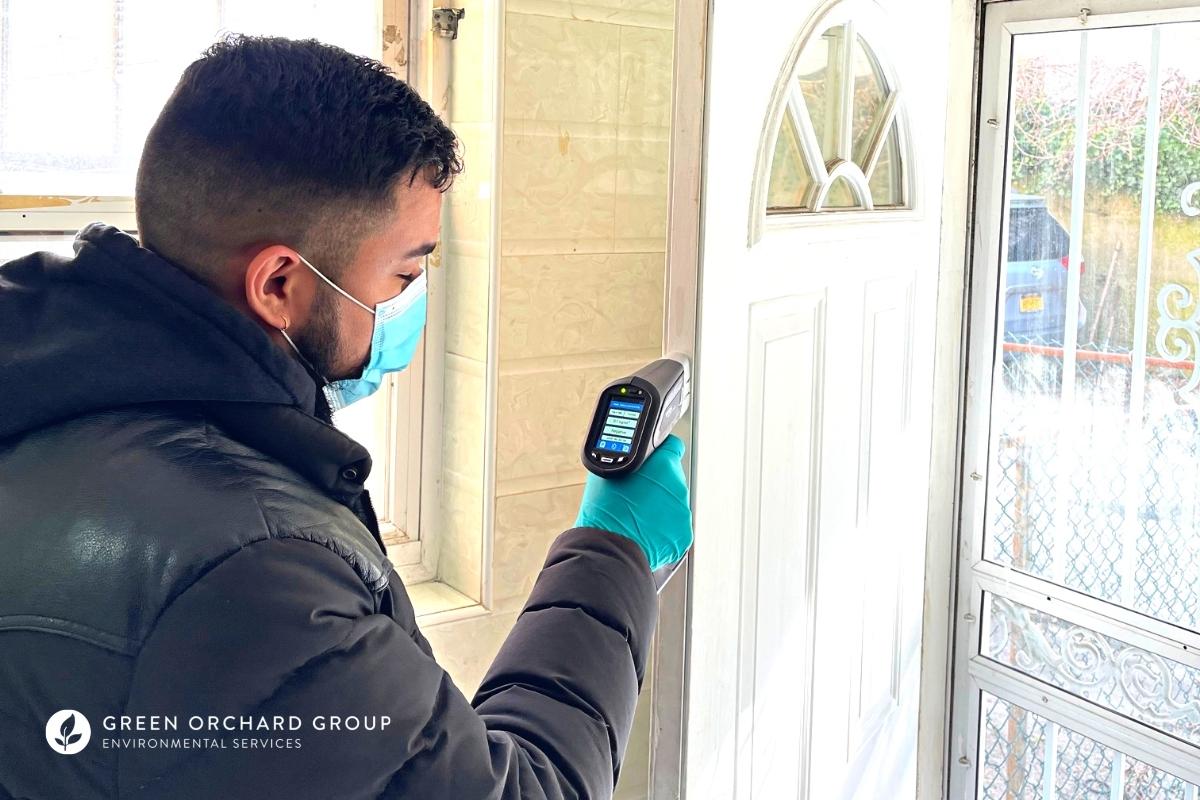
X-Ray Fluorescence (XRF) analysis is a proven technology used to detect and quantify the amount of lead present in old paint. Certified XRF lead testing is required for older residential buildings in NYC within a certain timeframe specified by Local Law 31.
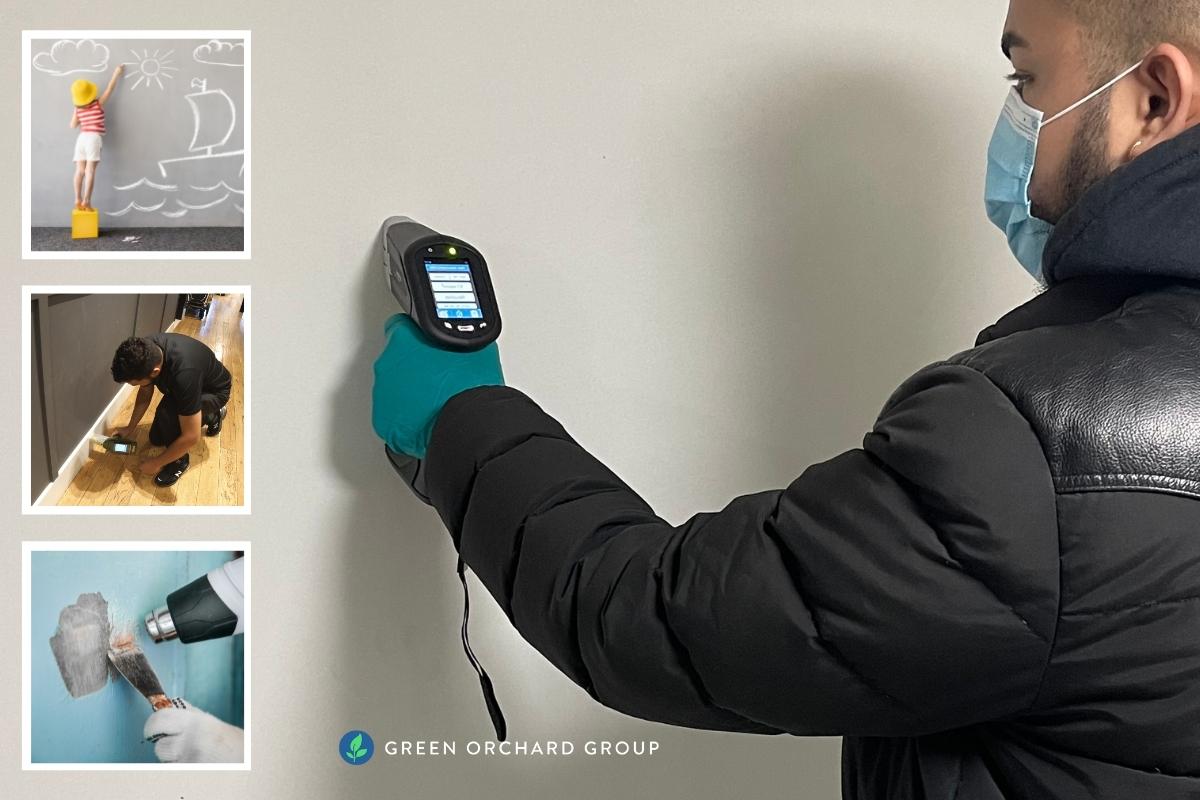
Local Law 31 of 2020 requires NYC landlords to have XRF lead inspections conducted by EPA-certified inspectors to test for the presence of lead-based paint before August 9, 2025, in addition to other updates and requirements.

Here is a summary of Local Laws 111, 122, and 123 of 2023 and what building owners and property managers should know in order to stay compliant and avoid lead violations.

Here’s what landlords and property managers should know about the recently passed lead-paint laws in New York City: Intro 6-A, Intro 193, and Intro 200.

Local Law 61 of 2018 went into effect on January 2019 and introduced several important requirements for mold assessment, abatement, and remediation work to the New York City Administrative Code.

Mold remediation projects in New York City generally add up to thousands of dollars on average—even tens of thousands of dollars for large projects. So who is responsible for paying for mold remediation?
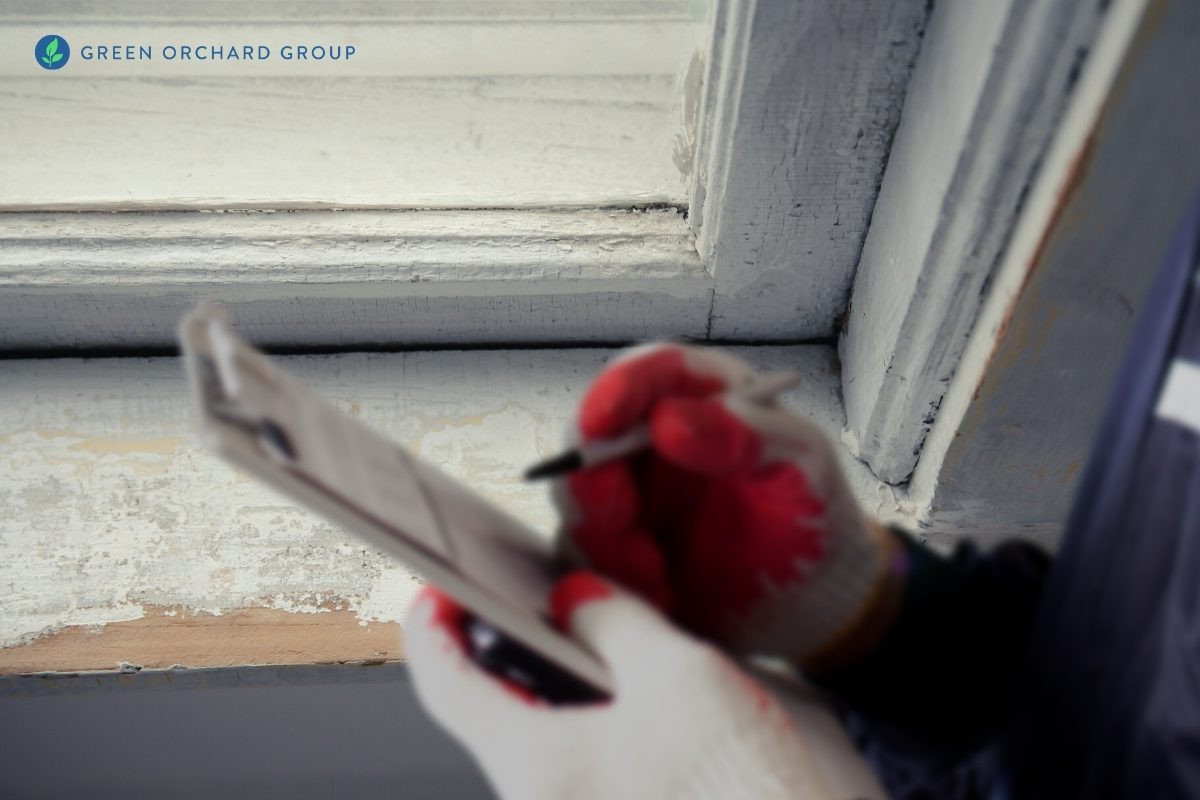
Have you received a notice of violation from HPD for a lead-based paint hazard? In this article, we’ll introduce the common types of lead-based paint violations issued by HPD, when and who they apply to, and how to properly correct and clear them.

As a landlord in New York City, it is crucial to understand the requirements for lead-based paint testing and remediation at apartment turnover. Failure to comply with these regulations can result in significant penalties and harm to tenants’ health.
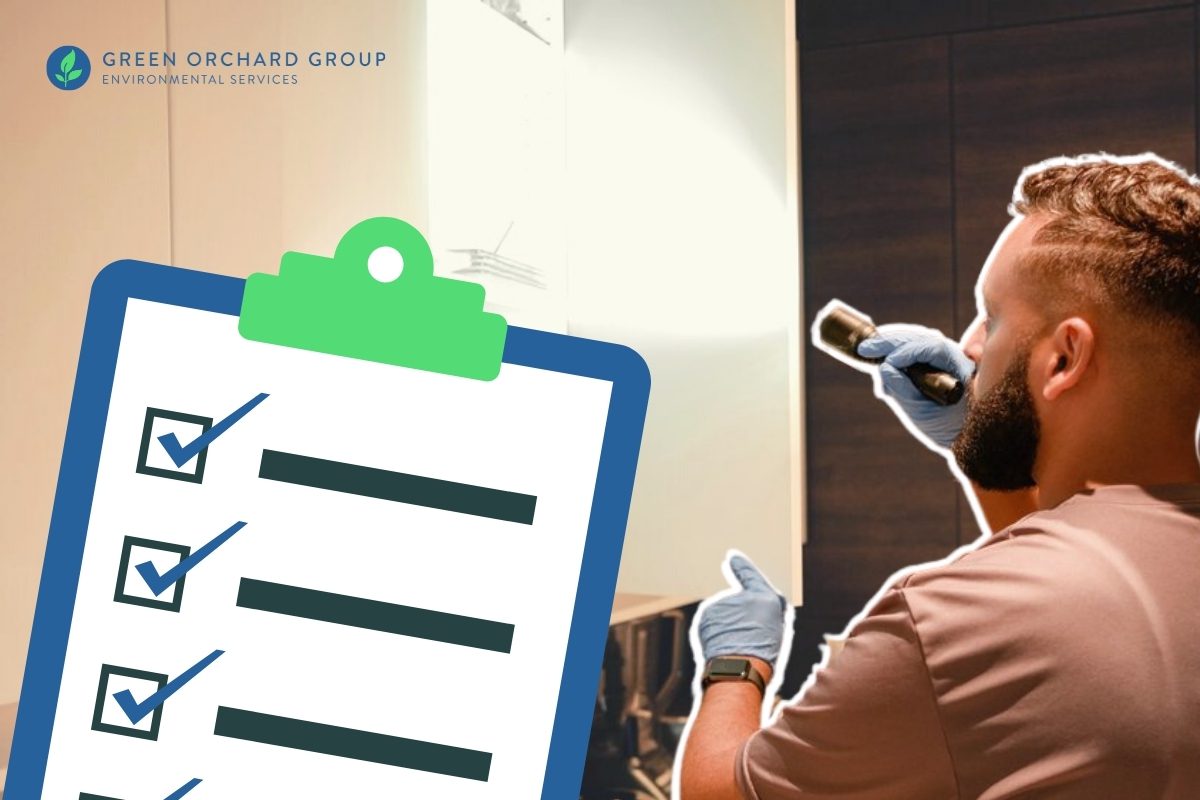
New York City’s Local Laws 1 and 55 require landlords to conduct annual visual inspections of tenants’ apartments for lead, mold, and pests. To help landlords that perform their own inspections, we put together these handy landlord annual inspection checklists.
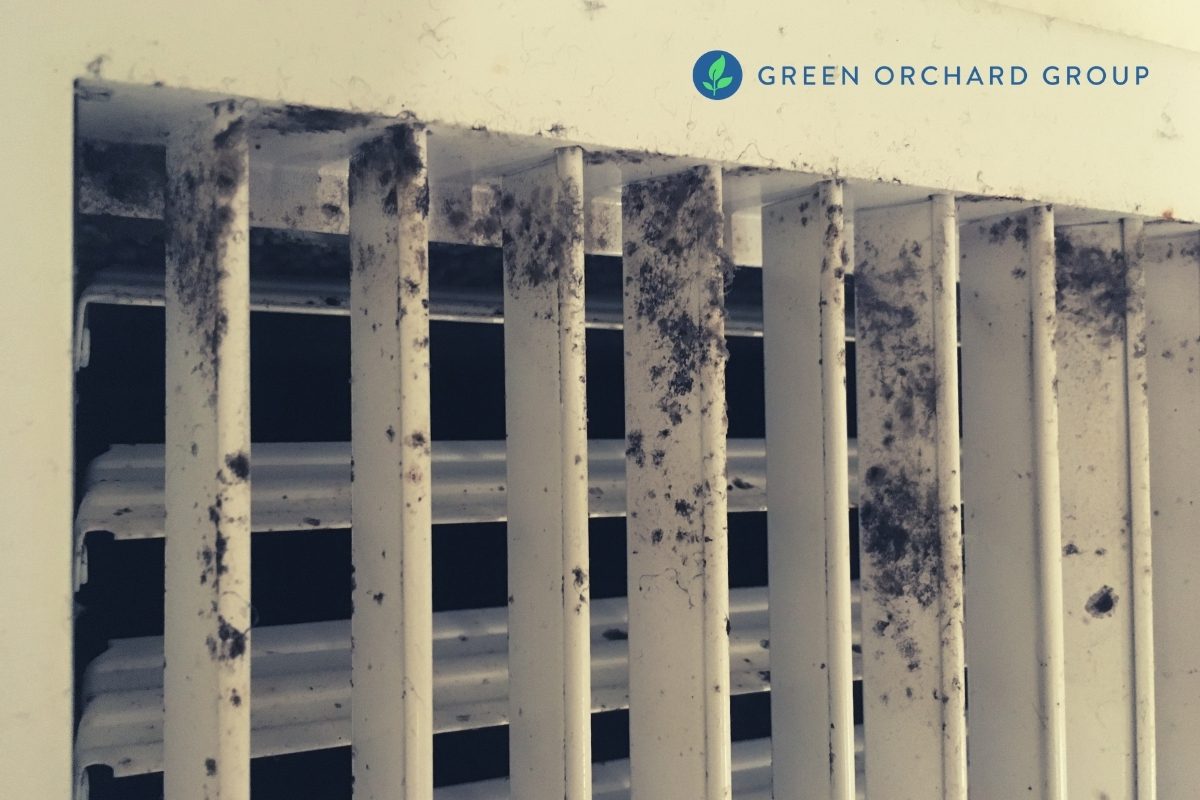
Seeing black spots around air vents or experiencing unusual allergy symptoms while indoors? These might be signs of black mold in air vents. In this article we explain what to look for and clarify some misperceptions about black mold.